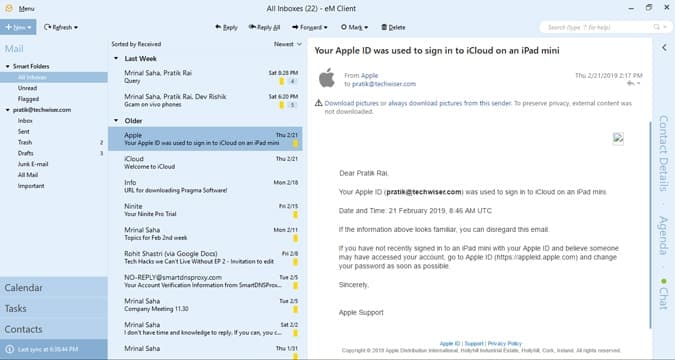

Windows Server 2012 R2 supported Virtualized Backup Applications, such as Microsoft's Data Protection Manager, through a series of manual configuration steps. In Windows Server 2016, files up to 1 TB are fully supported.ĭata Deduplication is available and fully supported in the new Nano Server deployment option for Windows Server 2016. Prior to Windows Server 2016, files approaching 1 TB in size were not good candidates for deduplication. In Windows Server 2016, Data Deduplication supports volume sizes up to 64 TB. Prior to Windows Server 2016, volumes had to be specifically sized for the expected churn, with volume sizes above 10 TB not being good candidates for deduplication. Supports volumes up to 64 TB and will deduplicate the first 4 TB of each file.ĭata Deduplication has the following enhancements starting in Windows Server 2016: Functionality (It's just one click to turn on with Windows Admin Center.) The variable-size chunk store with optional compression maximizes savings rates, while the multi-threaded post-processing architecture keeps performance impact minimal.

Store up to 10X more data on the same volume with deduplication and compression for the ReFS filesystem. Windows Server 2019ĭata Deduplication has the following enhancements in Windows Server 2019: Functionality Windows Server 2022ĭata Deduplication has no extra enhancements in Windows Server 2022. For more information about the software-defined storage stack in Windows Server, please see What's New in Storage in Windows Server. Applies to: Windows Server 2022, Windows Server 2019, Windows Server 2016, Azure Stack HCI, versions 21H2 and 20H2ĭata Deduplication in Windows Server has been optimized to be highly performant, flexible, and manageable at private cloud scale.


 0 kommentar(er)
0 kommentar(er)
